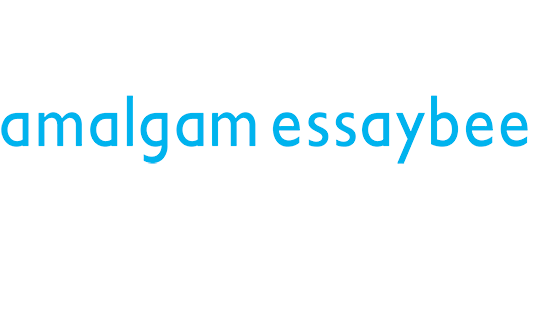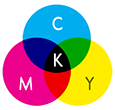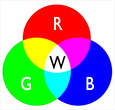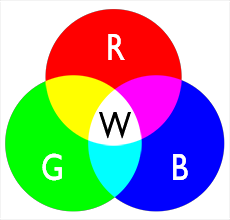what is CMYK?
CMYK refers to the printing inks used in four-colour process printing, being Cyan, Magenta, Yellow and Black. These are the only colours used (other than possible Special Colours) to produce full-colour photographs and designs.
On a press, the colours are combined and printed to emulate a wide number oftother colours. If you look carefully at a printed colour photograph in any magazine or book, you’ll see that it’s made up of rows of tiny dots (called aihalf-tone screen) of each of the four colours. The dots work together, at different angles, to fool your eye into seeing a full spectrum of colours.
Mouse over
and seeAn image
of a roseDetail showing the
half-tone dots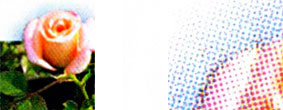
So, why do we refer to these four ink colours as CMYK and not CMYB (B for Black)? Quite simply, the K is used so that no one will be confused into thinking that the last colour is Blue rather than Black.
On the other hand, our computer screens and televisions etc use the RGB colour model—an additive colour model in which Red, Green, and Blue light are added together in various ways to reproduce a broad array of colours.
The main purpose of the RGB colour model is for the sensing, representation, and display of images in electronic systems, though it has also been used in conventional photography.
